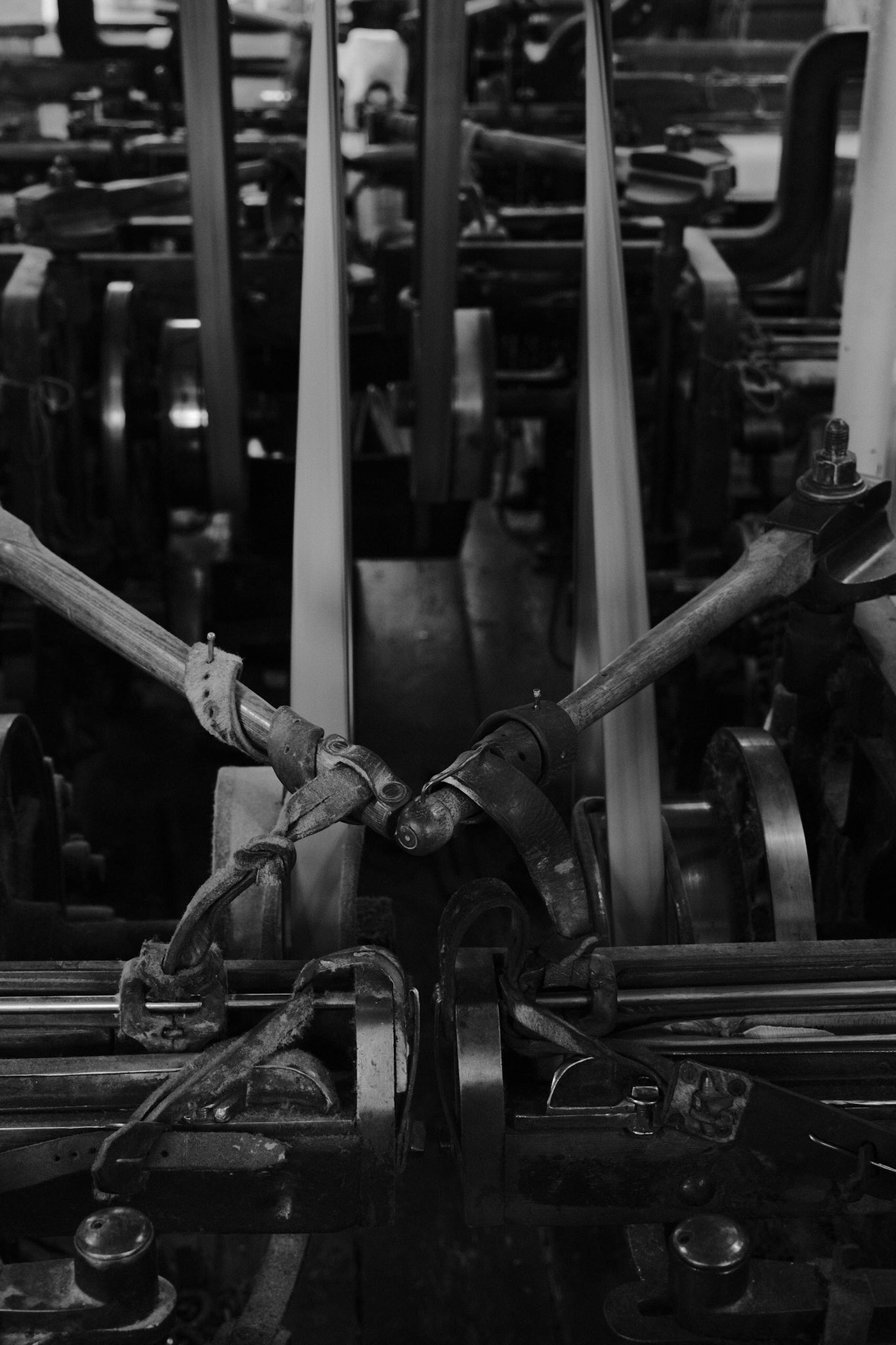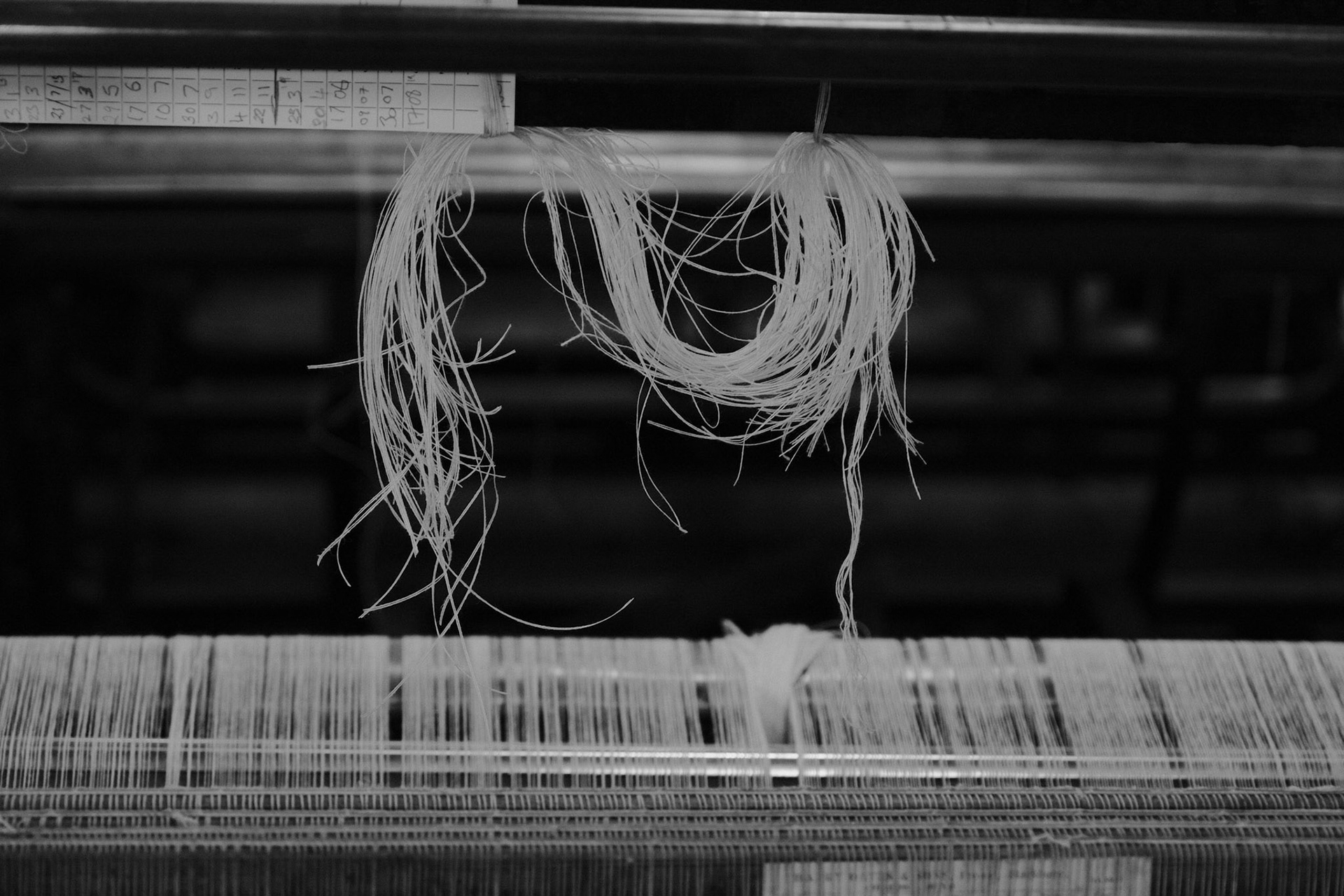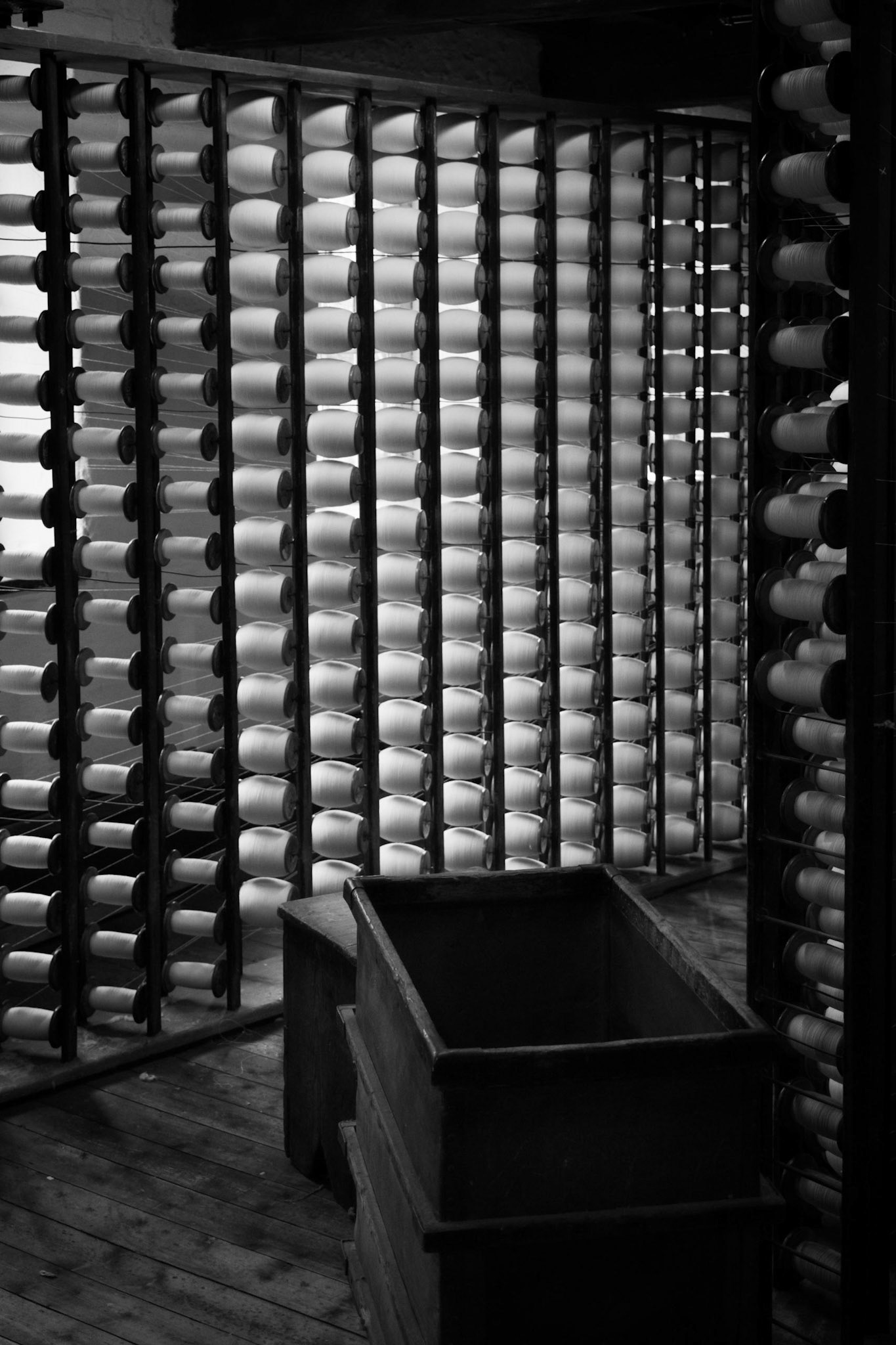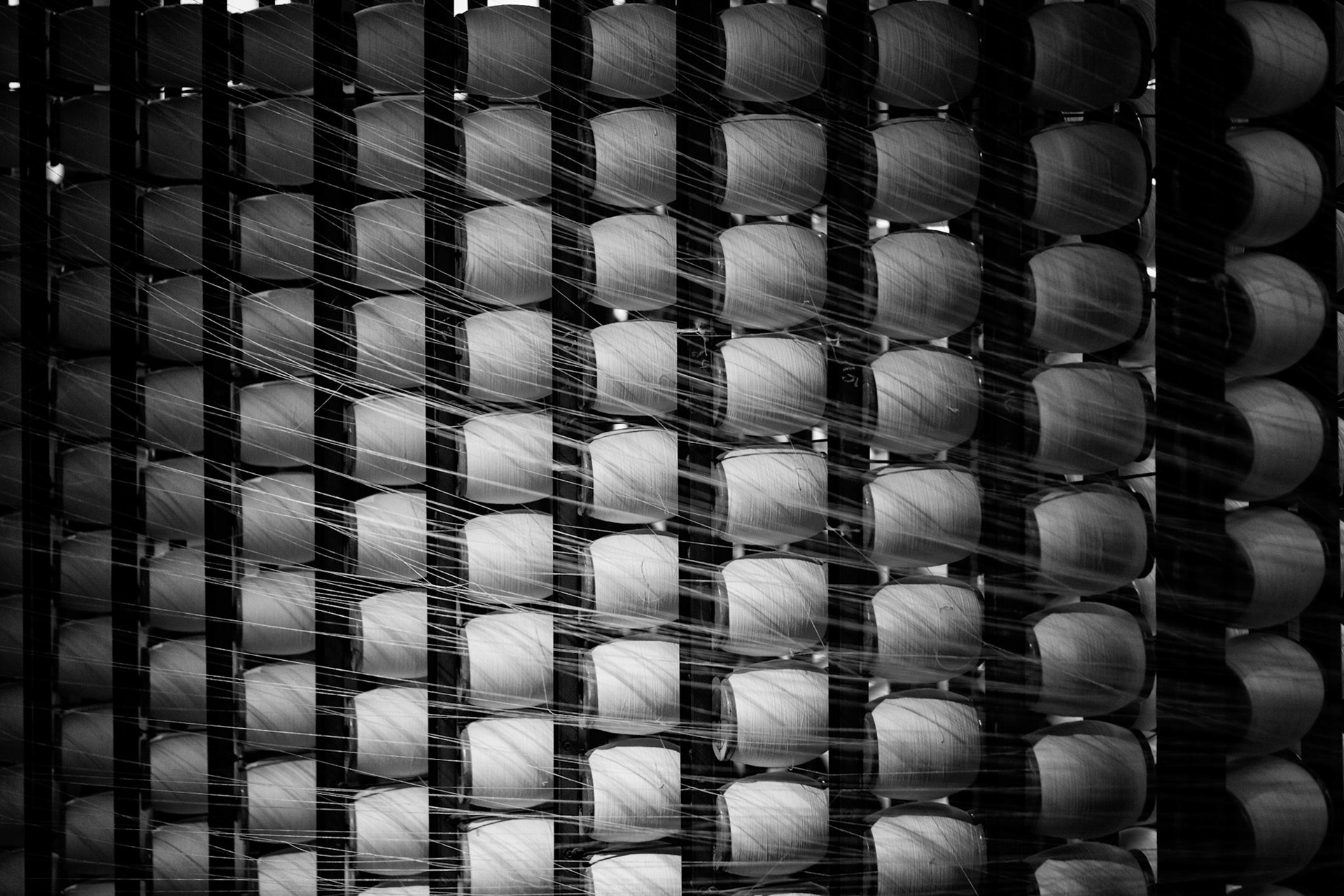William Blake may have called them "dark and satanic," but today, many of the great textile mills that drove the UK's industrial revolution are celebrated as World Heritage Sites. For a black and white photographer, the contrast, patterns, and symmetry of the machinery inside these mills offer a unique visual opportunity. This collection of images was taken in several preserved mills across the Midlands and North of England.
Masson Mill, part of the Derwent Valley Mills World Heritage Site, was built in 1783 by Richard Arkwright. Located by the River Derwent at Matlock Bath, it stands out against the scenic gorge. While the building itself is impressive, I was more drawn to the interior details, especially the engineering and technology behind yarn spinning and fabric weaving.
Armley Mills, once the largest woolen mills in the world, Armley Mills were built in 1805 and ran until 1969. Now housing the Leeds Industrial Museum, several floors still feature the original mill machinery. In this series, each set of images highlights a slightly different aspect of industrial heritage, often reflecting the original focus of the mill, whether for wool or cotton.
Moorside Mills in Bradford, was famous for its worsted cloth in the 19th century. While not a World Heritage Site, Moorside Mills, now part of the Bradford Industrial Museum, has some beautifully preserved machinery that makes for a fascinating photographic subject. The combing, drawing, spinning, and weaving machines are still in great condition and some are even in working order. The symmetry in the Victorian engineering, along with the contrast between the pale wool and dark metal, makes for striking images. I often used selective focus to emphasize details and suggest the depth and scale of the machinery.
Quarry Bank Mill, now managed by the National Trust. Built by Samuel Greg, it was once the largest textile mill in the UK. Greg is known for treating his employees well, but it’s important to remember the darker side of the cotton trade — his family’s involvement in the slave trade.
Masson Mill


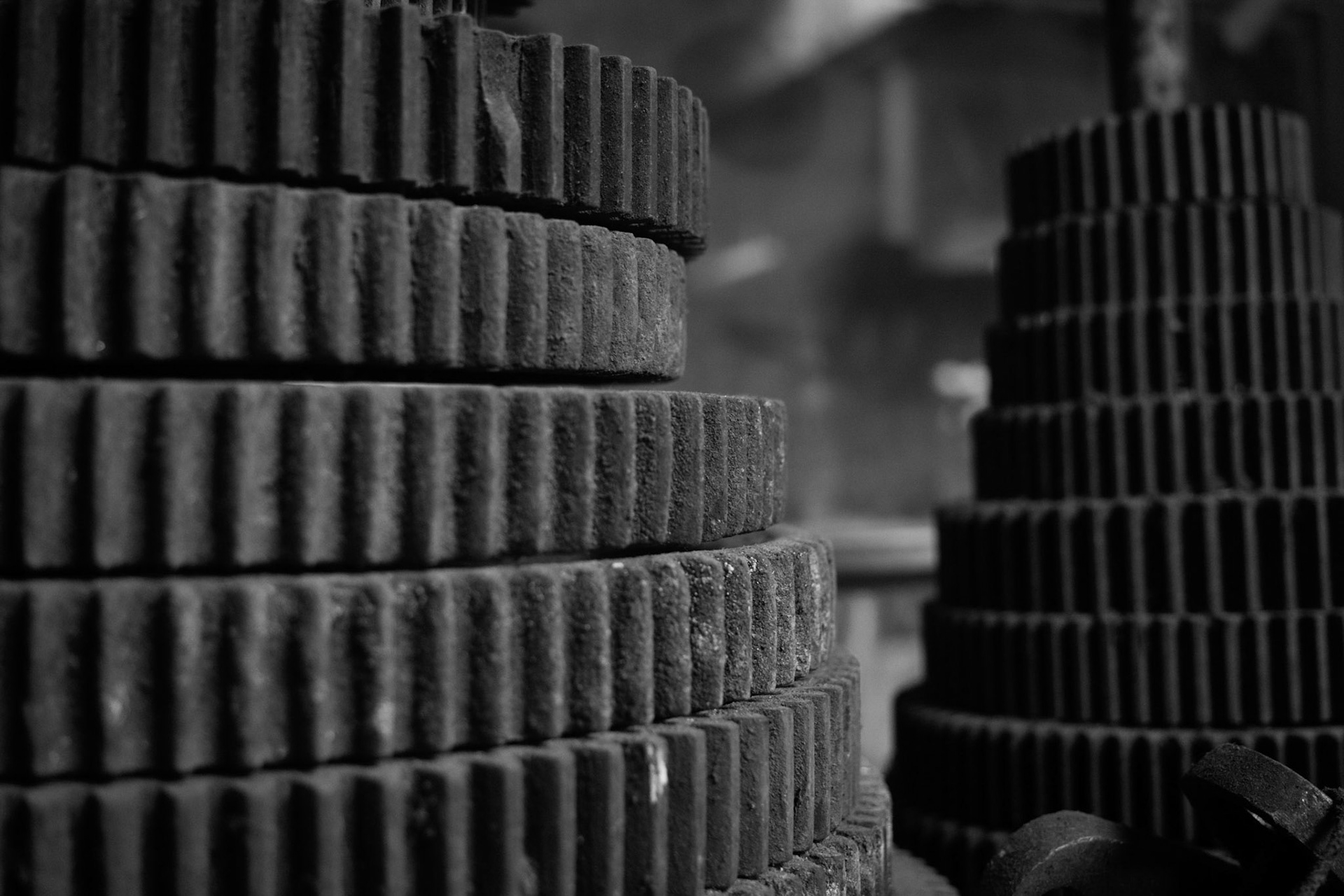






Armley Mills
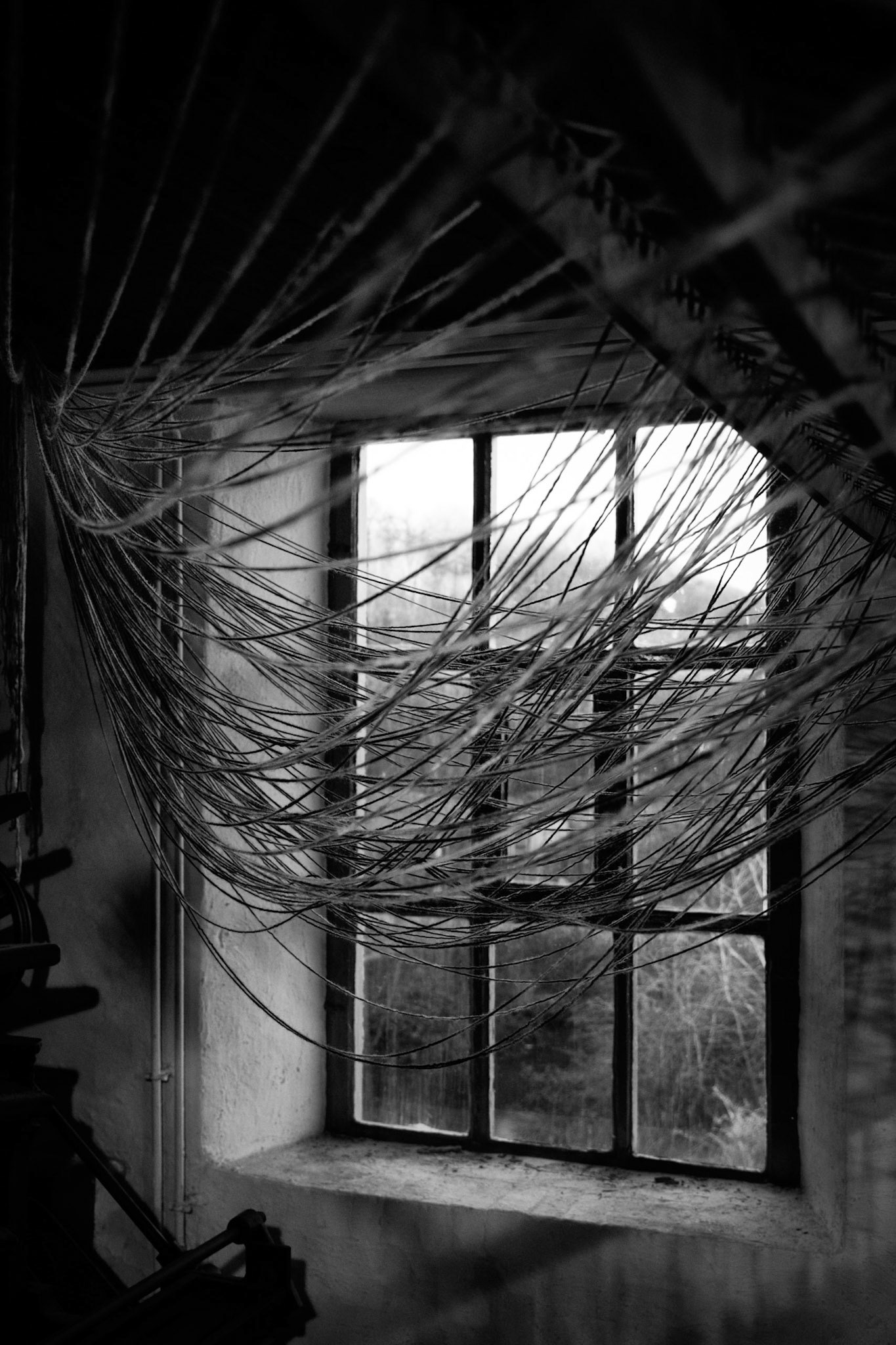

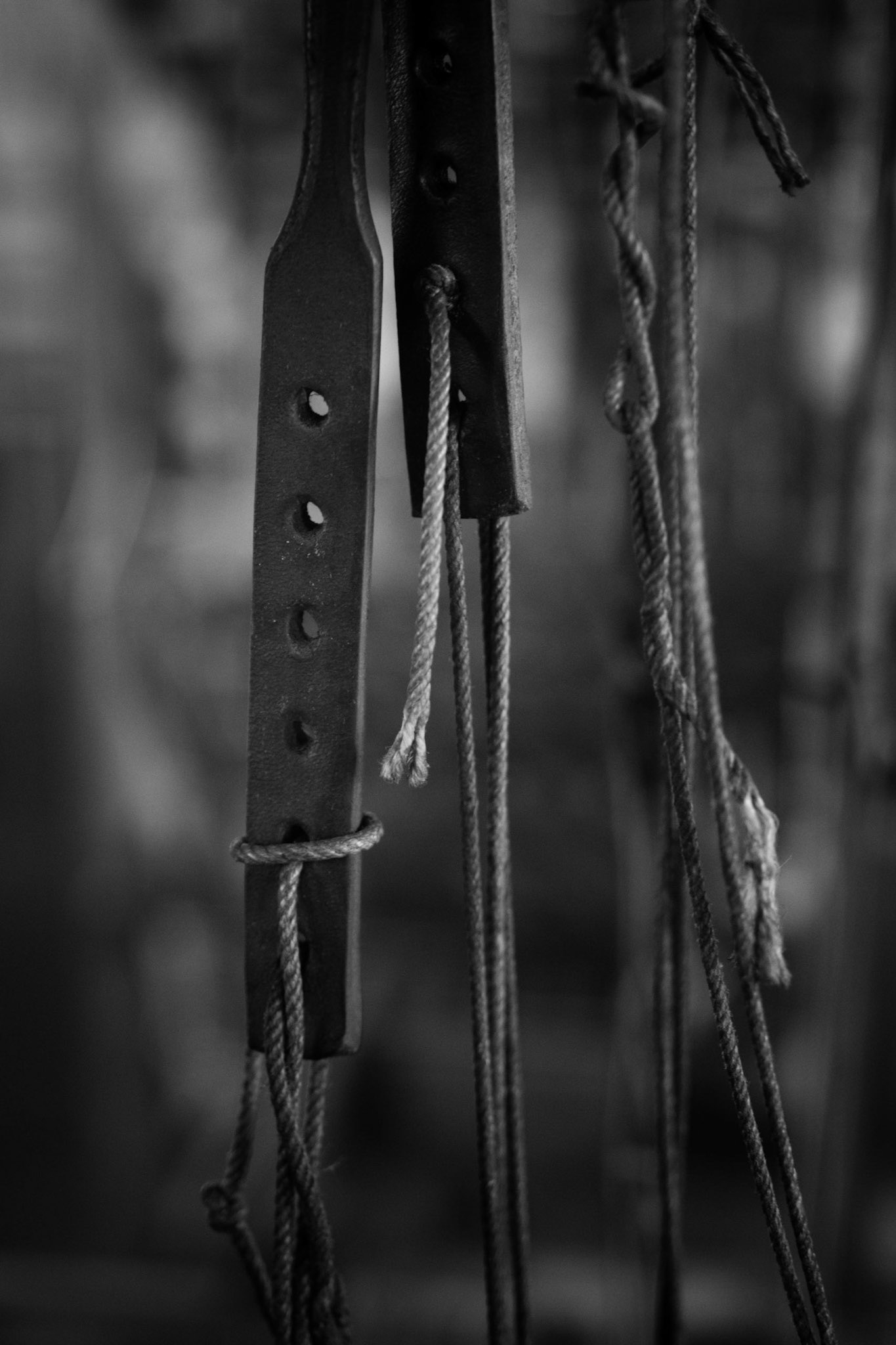




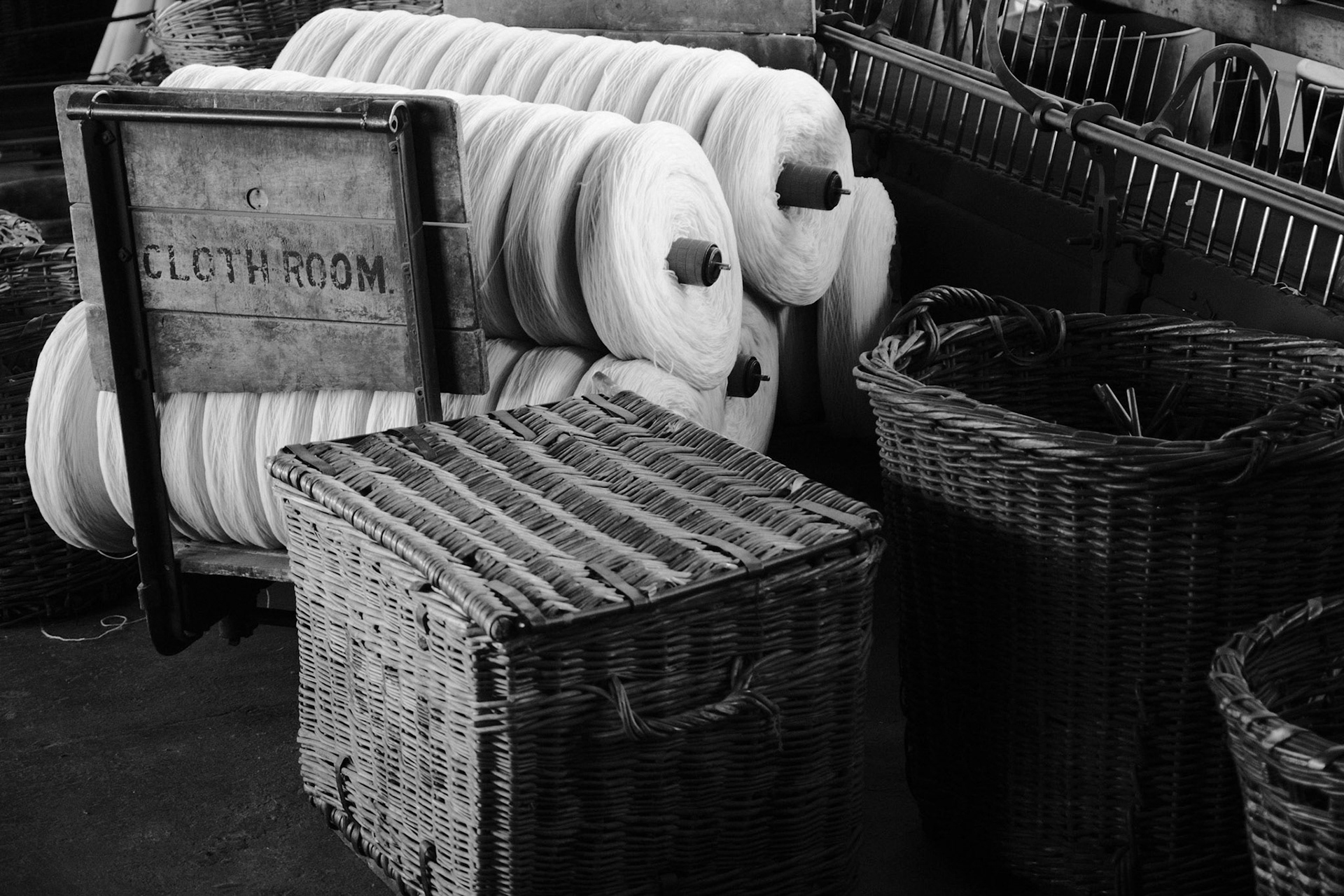
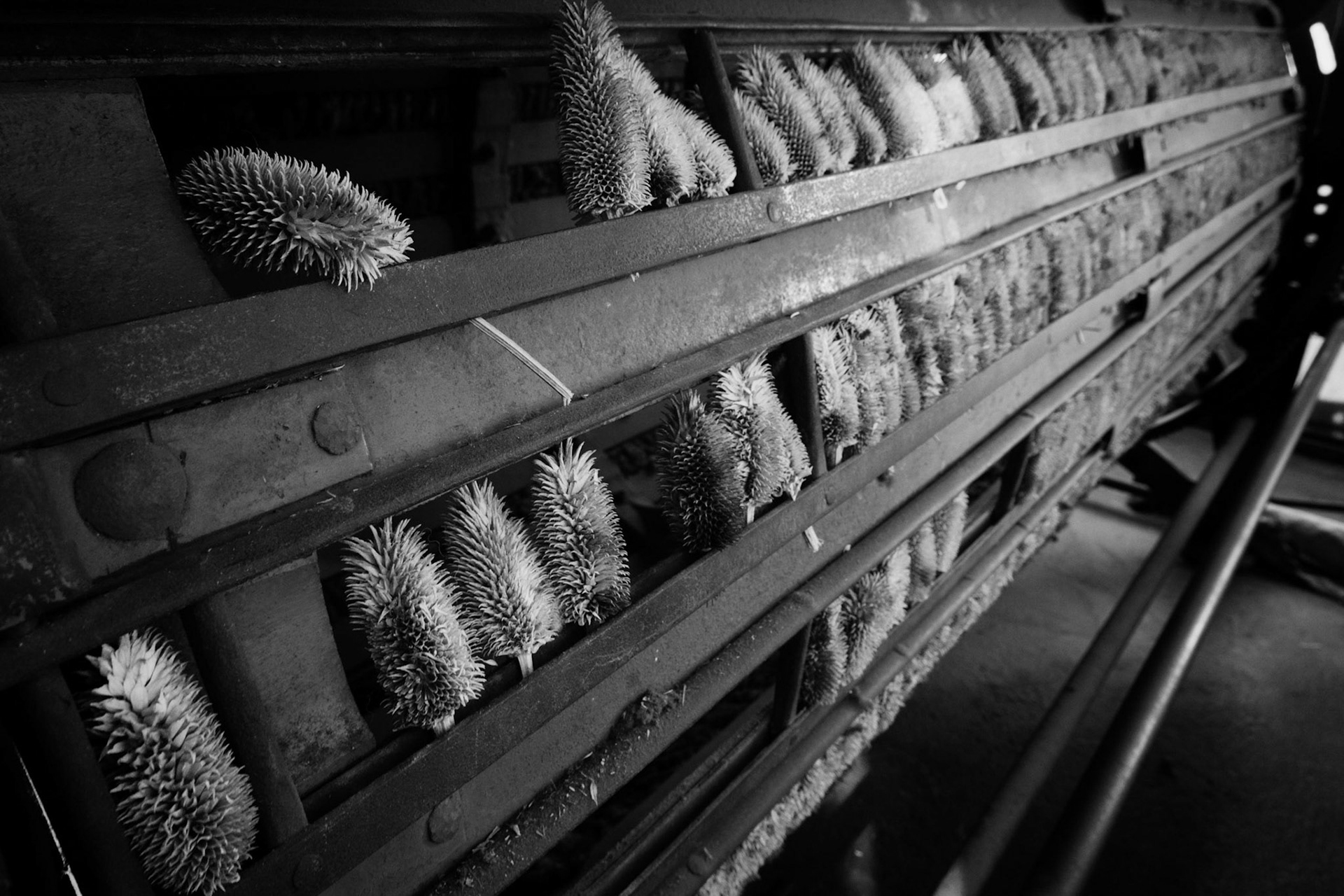

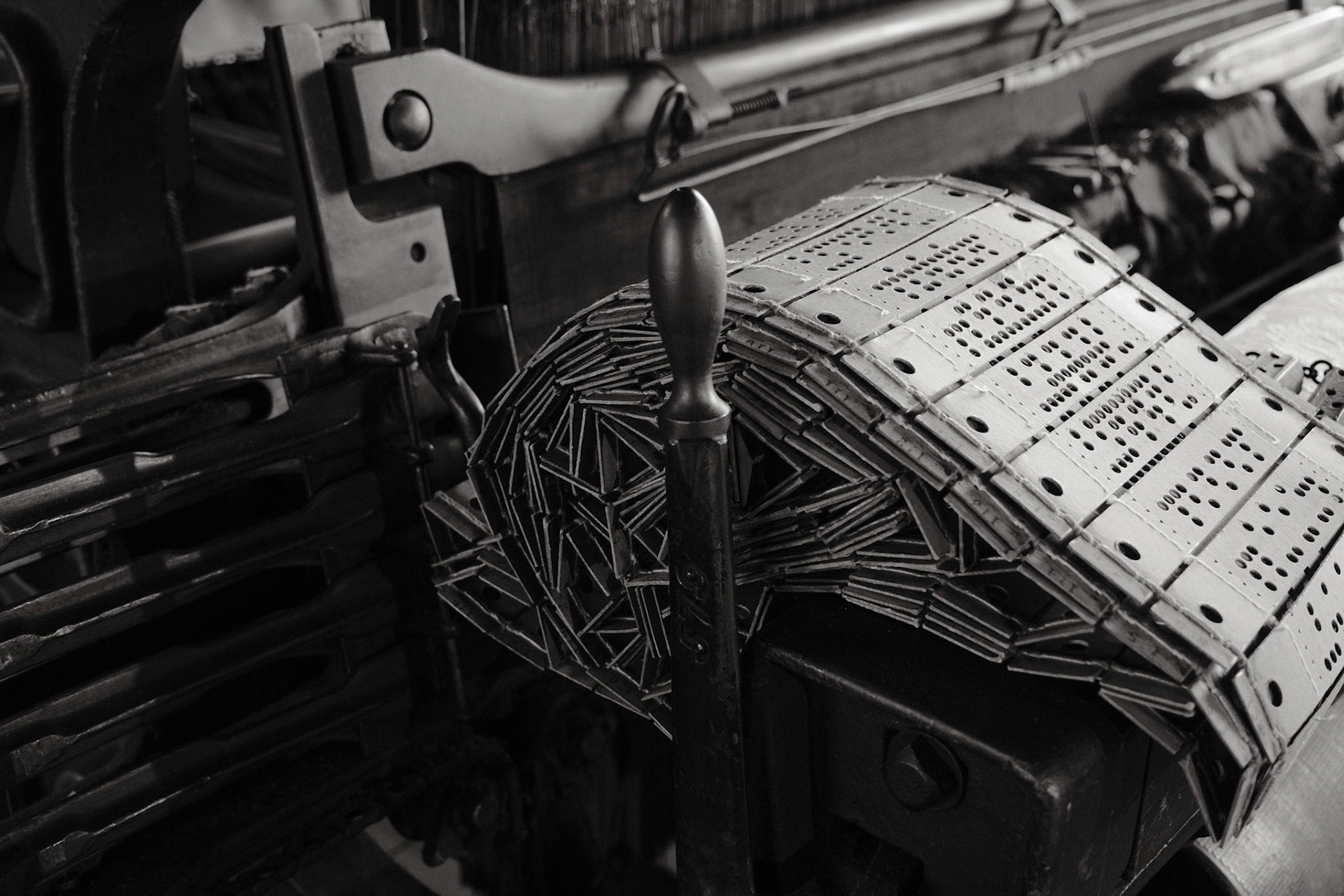
Moorside Mills









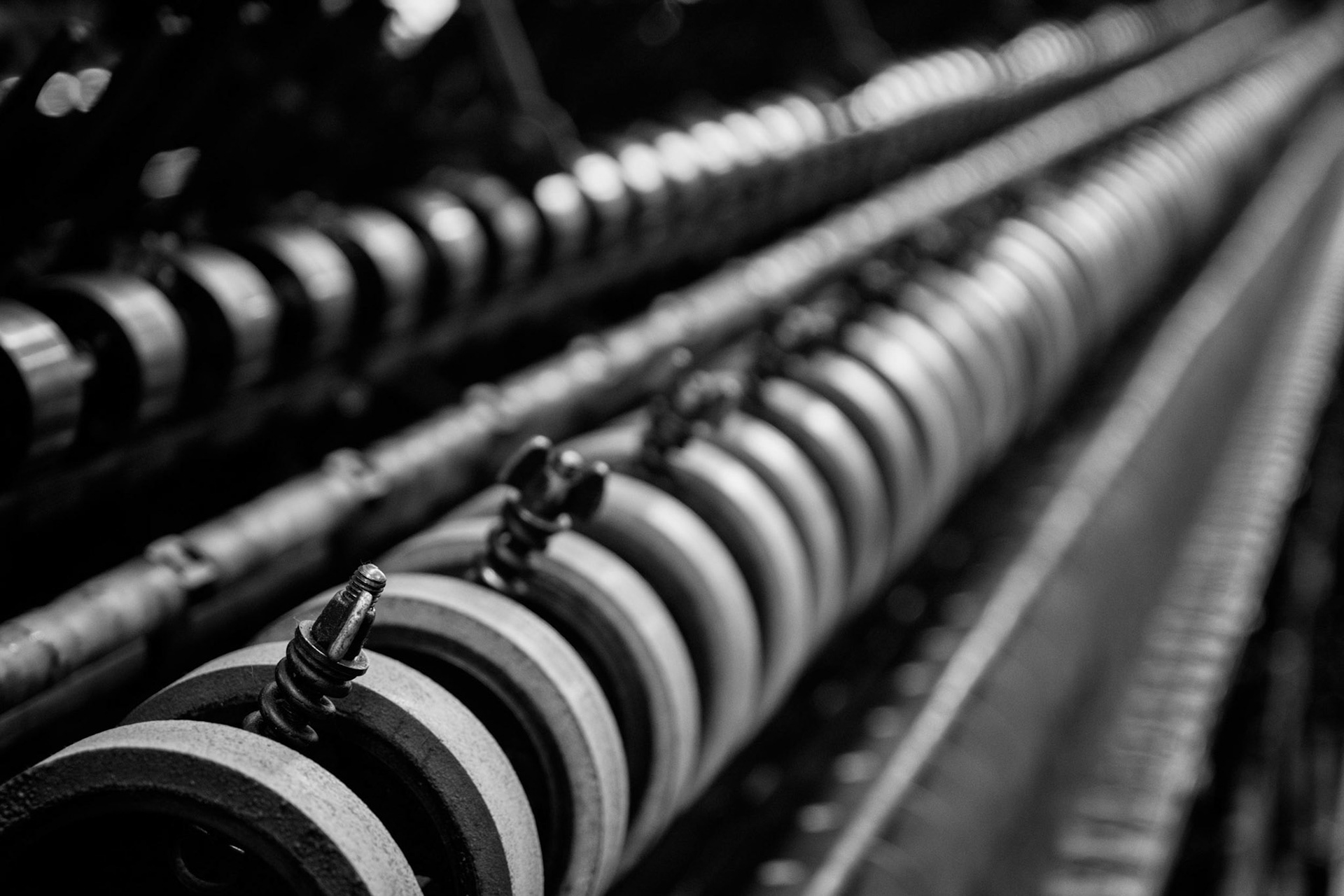
Quarry Bank Mill
